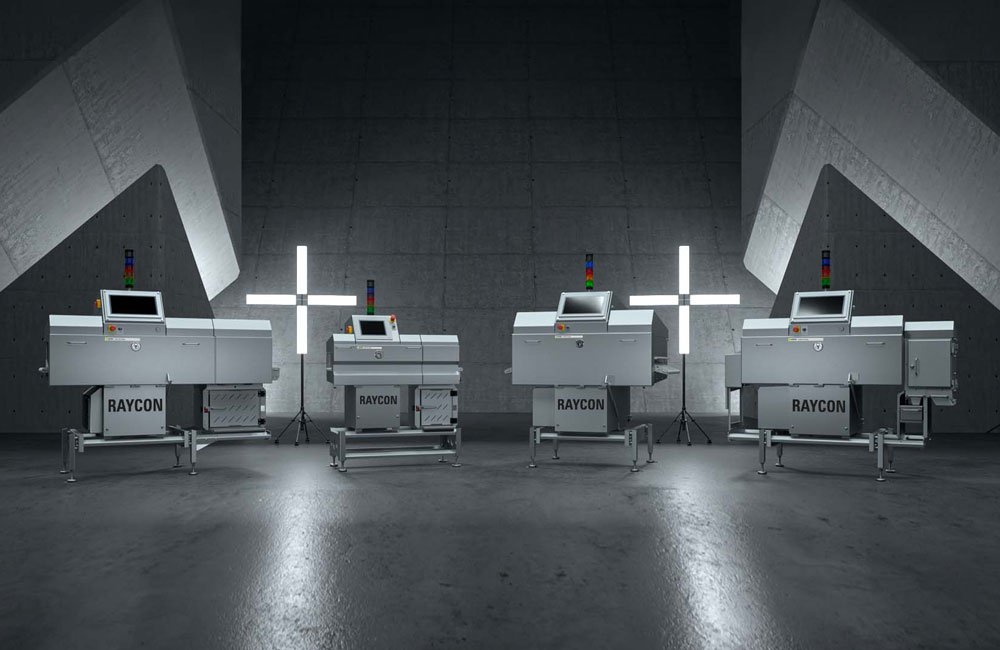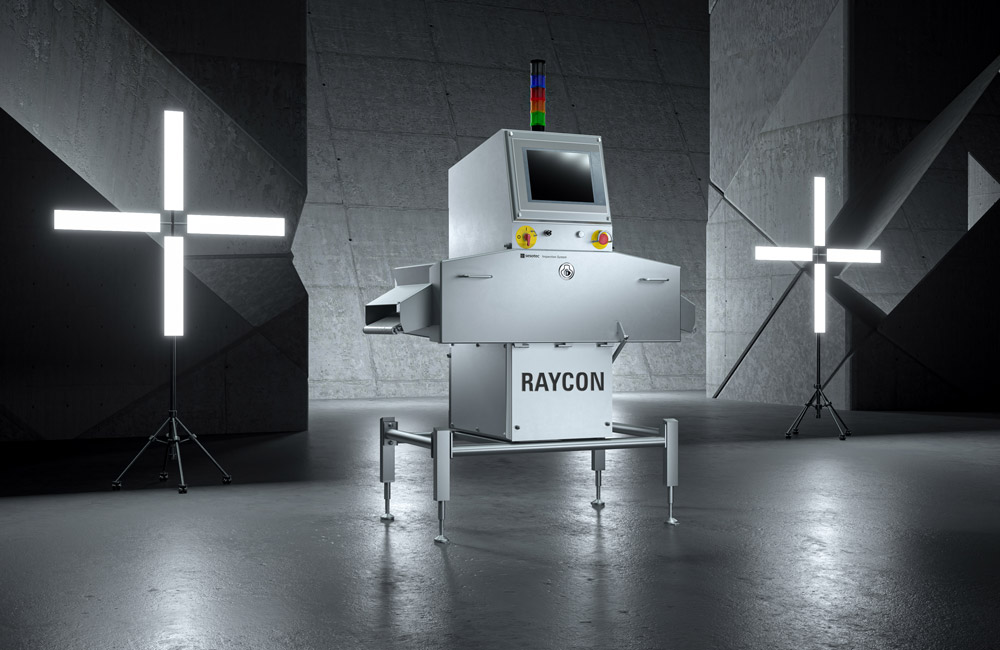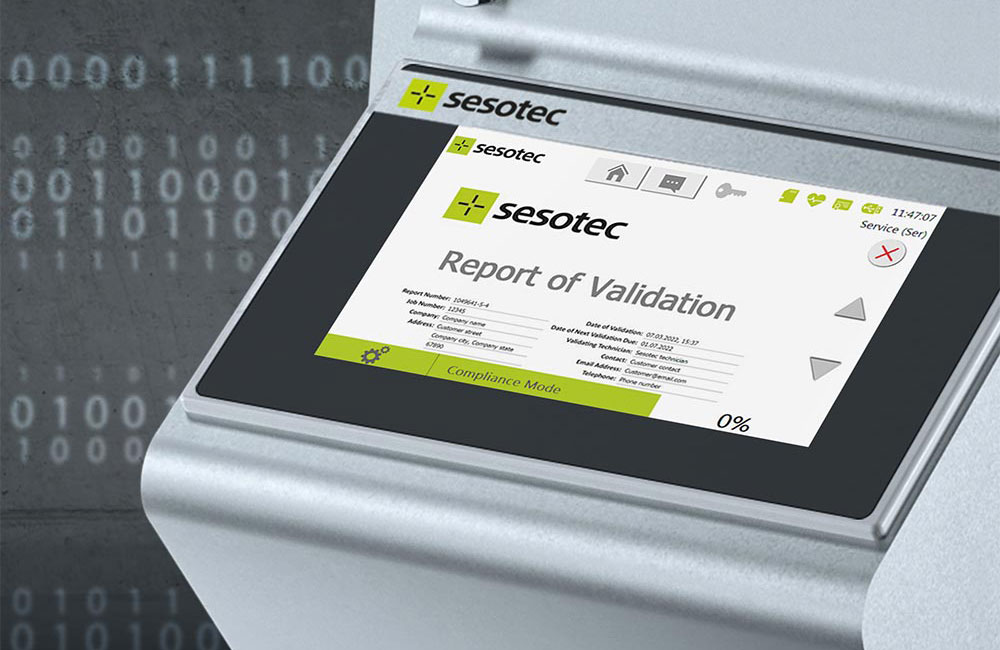Food
Apr 02, 2018 |
USA and the Food Safety Modernization Act

In an article from the year 2013 the Food Sentry company that watches the origin of food on a global level writes that this standard is violated especially in India and China. The ASEAN region in Southeast Asia, on the other hand, with respect to safety regulations clearly stands out from these two countries and is also considered a true power producer of food – with an export total of approximately US dollar 53 billion in 2011 in the agricultural sector.
The unlimited flow of food within this market is hindered by several safety regulations: Before food in the ASEAN region can be marketed in Southeast Asia, it is checked for certified production and in some countries first registered in order to guard against and counteract possible risks. Anyone who cannot prove certified production of his product will not be allowed to import or export in these nations.
In the United States there are clearly defined regulations for the observance of food safety standards for a long time. Currently the Foreign Supplier Verification Program (FSVP), which entered into force on 30 May 2017 within the scope of the Food Safety Modernization Act (FSMA), should ensure that the safety and quality of all the food imported into the United States are guaranteed helping to protect the consumer. Originating from the U.S. Food & Drug Administration (FDA) the FSMA was signed already in the year 2011, but it only took effect in September 2016. Food producers who export into the United States therefore must be aware now that food purity and quality should no longer only be seen as competitive advantages, but rather as an obligation and an established standard.
What is the FSMA?
The Food Safety Modernization Act is a resolution originating from the FDA (Food & Drug Administration) that aims to ensure the fulfilling of safety and quality requirements in the US food industry. With the now effective FSMA the FDA now have a wider scope of action with respect to measurements and inspections at food producers in order to avoid possible risks for consumers, which for example may result from contaminations.
What does the resolution mean for trade?
Food producers who export to the USA must ensure that their products comply with FSMA regulations. This means that food should be produced in certified production processes – which for example includes the fulfilling of necessary hygiene requirements, the inspection of products with inspection systems, and the documentation of potential risks.
In detail
- Companies that import into the USA according to the FSMA must demand from their sub-suppliers that they perform these inspection measures with their products.
- The FSMA authorises the FDA to refuse the acceptance of imported food if the foreign-country establishment refuses to be inspected by the FDA.
- The resolution furthermore allows the FDA to request a compliant certificate from food producers that ensures that imported food complies with the US food regulations.
When does the FSMA take effect?
According to the FDA, the obligations to comply with FSMA regulations have been in force since March 2018.
Contaminant inspection systems are important components for FSMA compliance
The objective of the FSMA is to guarantee food safety. A first important step for proper preparation is the so-called Hazard Analysis and Critical Control Points concept (HACCP): The identification of critical control points. Critical control points are those stages in the production process that allow inspections which lead to a reduction of hazards for food purity. It may be decisive here, for example, whether the product should be inspected in packed or unpacked condition, when goods are received or at the end-of-line. Another decisive factor is the type of inspection. Here the type of contaminant must be determined, or whether product-related quality differences should be detected. The FSMA also includes the so-called HARPC concept (Hazard Analysis and Risk-Based Preventive Controls) which specifies preventive measures against possible risks with the aim of implementing inspections and verifying the success of such inspections. A good inspection system features sophisticated and reliable technology, high-quality workmanship, and user-friendly innovative operation. Users who choose magnet systems, detection systems, X-ray systems, and optical sorting systems made by Sesotec can be sure that all the above-mentioned criteria are fulfilled.
Sesotec offers a wide product portfolio that covers almost all applications. Customers from all over the world can be supplied with systems for all process stages, products, and conveying types. Sesotec systems are produced at the main factory in Germany and comply with highest safety requirements and with hygienic design that is required for the world market. Control unit and software design are developed to ensure that they comply with the requirements of HACCP and all the current food standards.
Result: The benefit of FSMA is higher than the efforts
Apart from the expenditure in money and time due to the installation of inspection systems, the Food Safety Modernization Act also offers many benefits. The resolution not only can be seen as a chance to guarantee food safety, but also as a safeguard against damage to a company‘s brand image that may result from recall campaigns.





